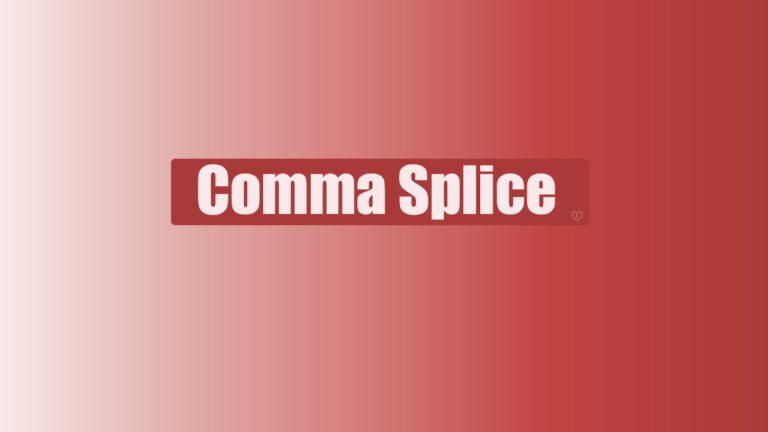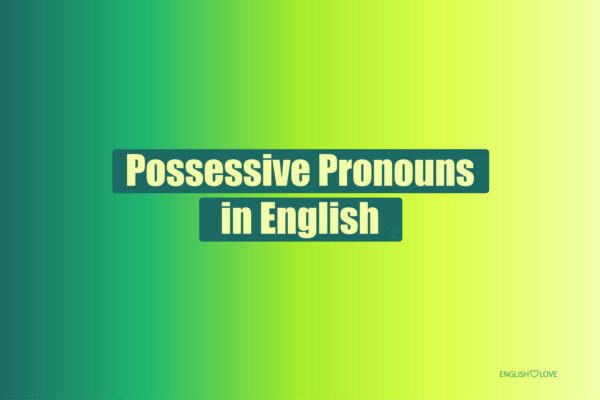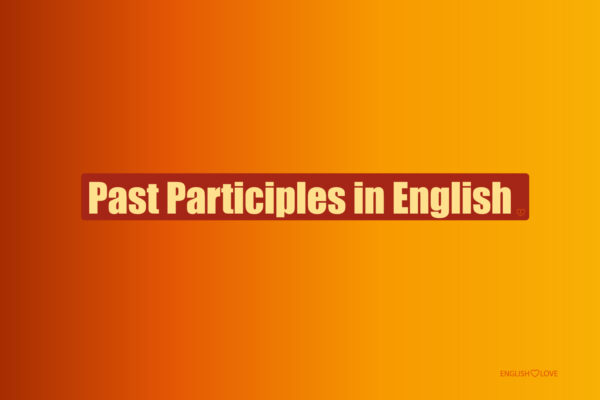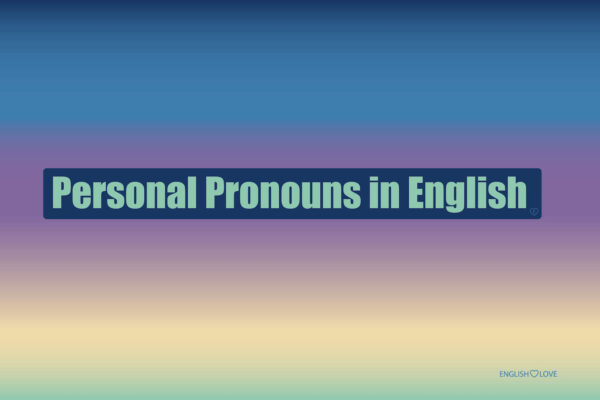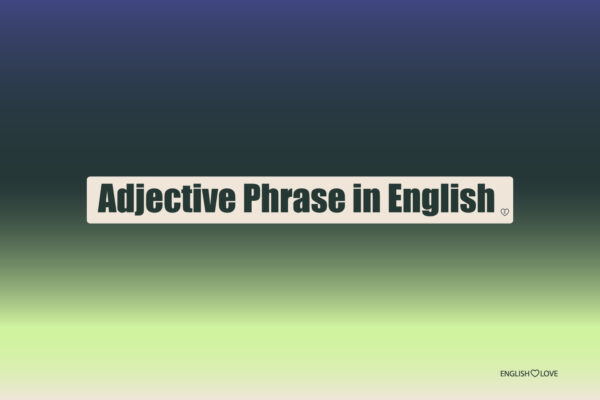English grammar, with its intricate rules and exceptions, can sometimes be a challenging terrain for both native speakers and learners. Among the various grammatical nuances, punctuation plays a pivotal role in conveying the intended meaning of a sentence. One such punctuation mark that often leads to common mistakes is the comma. When misused, it can result in what is known as a “comma splice.” This article delves deep into the concept of comma splices, illustrating what they are, why they’re problematic, and how to correct them. Whether you’re a seasoned writer looking to refine your skills or a beginner aiming to grasp the basics, this guide will provide valuable insights into avoiding this common grammatical pitfall.
What is a Comma Splice and Why is it a Problem?
A comma splice is one of the frequent errors writers commit. It occurs when two clauses, which can stand alone as sentences, are incorrectly joined with just a comma. This creates a run-on sentence that can be challenging to read and potentially confusing for readers.
Examples of Comma Splices
- I went to the store, I bought some milk.
- She is a talented singer, she’s also a fantastic dancer.
- He loves playing basketball, but he isn’t very skilled at it.
In the examples above, two independent clauses are incorrectly combined with a comma, resulting in run-on sentences.
| Example | Incorrect (Comma Splice) | Corrected Version | Alternative Correction |
|---|---|---|---|
| 1 | I love reading books, they transport me to another world. | I love reading books; they transport me to another world. | I love reading books because they transport me to another world. |
| 2 | The weather was cold, I wore a jacket. | The weather was cold, so I wore a jacket. | The weather was cold. I wore a jacket. |
| 3 | She didn’t study, she failed the exam. | She didn’t study; therefore, she failed the exam. | She didn’t study, and as a result, she failed the exam. |
| 4 | He wanted to play outside, it was raining heavily. | He wanted to play outside, but it was raining heavily. | He wanted to play outside. However, it was raining heavily. |
| 5 | I tried calling her, she didn’t answer. | I tried calling her; she didn’t answer. | I tried calling her, but she didn’t answer. |
Identifying Comma Splices
Spotting a comma splice becomes straightforward once you’re familiar with its characteristics. Look for sentences where two independent clauses are merely connected with a comma. Reading the sentence aloud can help; if it sounds like two distinct sentences, it’s probably a comma splice.
Common Causes and How to Avoid Them
A frequent reason for comma splices is a misunderstanding of sentence structure. Some writers wrongly think that a comma is sufficient to connect two independent clauses. Recognizing various sentence structures and their formations is essential. Another prevalent cause is not knowing how to use conjunctions, like “and”, “but”, and “or”, which can effectively join two independent clauses. To prevent comma splices, you can use a conjunction, semicolon, or split the clauses into two separate sentences.
Appearance of Comma Splices in Different Sentences
Comma splices can manifest in diverse sentence structures. For instance:
- Compound sentence: “I went to the store, I bought some milk.”
- Complex sentence: “Although it rained, I chose to jog, I ended up drenched.”
- Series of items: “I need milk, bread, and cheese, I forgot the shopping list.”
How to Correct Comma Splices
Rectifying a comma splice is simple:
- Use a conjunction: “I went to the store, and I bought some milk.”
- Use a semicolon: “I went to the store; I bought some milk.”
- Use a period: “I went to the store. I bought some milk.”
Is a Comma Splice Ever OK?
While comma splices are generally considered a grammatical error in formal writing, there are instances in literature and informal writing where they are deliberately used for stylistic reasons. Some writers use comma splices to convey a particular tone, rhythm, or urgency in their prose.
For example, in fiction or creative non-fiction, a comma splice might be used to reflect a character’s stream of consciousness or to convey a rushed, breathless feeling. Consider the sentence: “The sun set, the sky turned pink, the world felt still.” Here, the comma splices give a poetic rhythm to the description.
In informal contexts, like casual conversations or text messages, people might use comma splices without even realizing it. It’s a way of quickly moving from one thought to another: “I’m tired, I didn’t sleep well last night.”
However, it’s essential to understand the difference between deliberate stylistic choices and unintentional errors. In academic, business, and other formal writings, it’s best to avoid comma splices to maintain clarity and professionalism. But in creative or informal contexts, when used judiciously and with purpose, they can be a powerful stylistic tool.
Summary
Comma splices can detract from your writing’s professionalism. By using conjunctions, semicolons, or periods, you can correctly join two independent clauses and sidestep this error. Always be vigilant about commas in your writing and continually seek to learn and enhance your skills.
FAQ about Comma Splices
What is a comma splice?
A comma splice occurs when two independent clauses are incorrectly joined with just a comma, resulting in a run-on sentence.
Why are comma splices considered problematic?
Comma splices can make writing appear unprofessional and can be distracting for the reader. They might even alter the intended meaning of a sentence, making it hard for readers to grasp the message.
Can comma splices ever be used intentionally?
Yes, in literature and informal writing, comma splices are sometimes used deliberately for stylistic reasons. They can convey a particular tone, rhythm, or urgency. However, in formal writing, it’s best to avoid them.
How can I correct a comma splice?
There are several ways to correct a comma splice:
- Use a conjunction (e.g., and, but, so).
- Use a semicolon.
- Split the clauses into two separate sentences.
